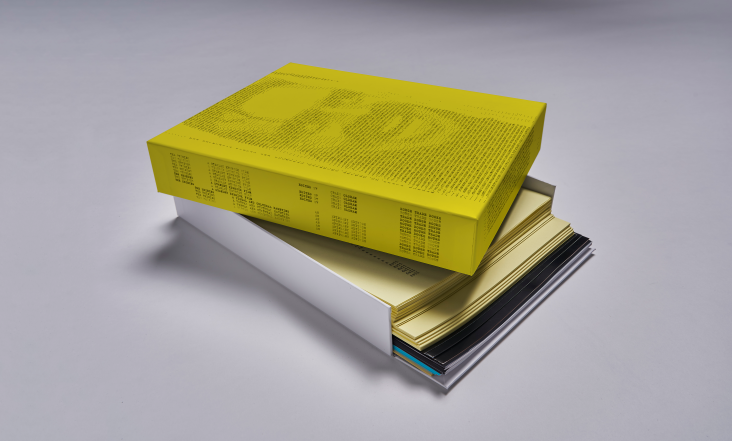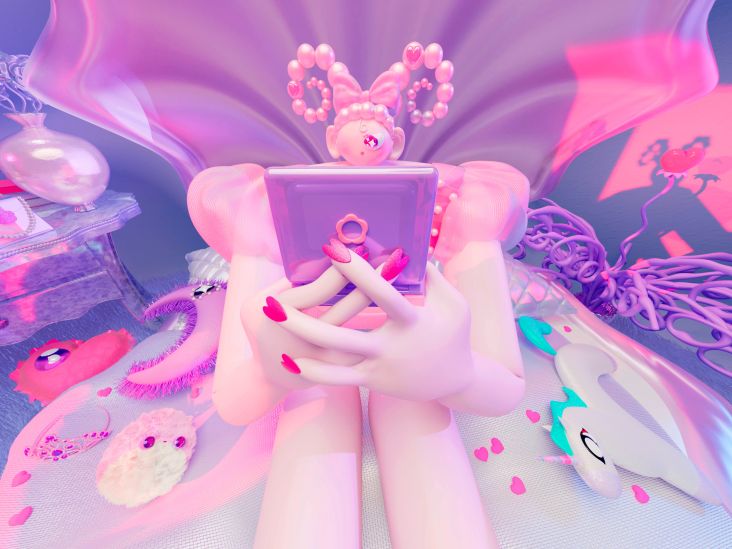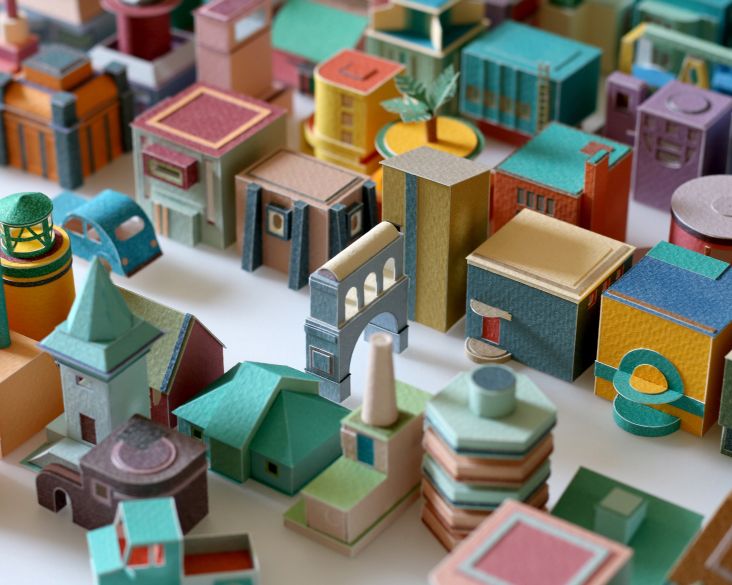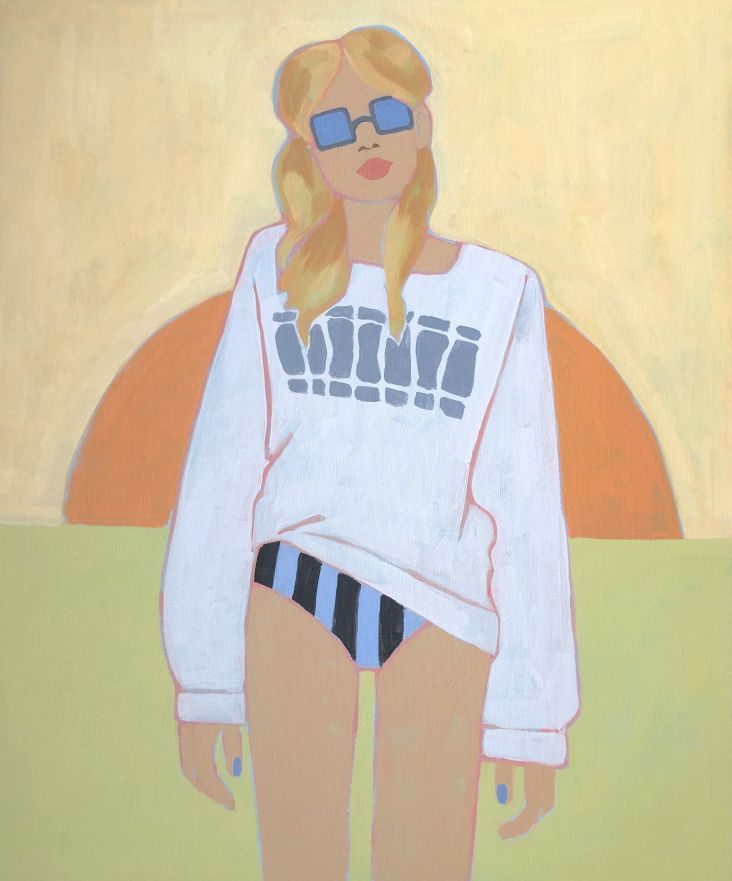Artist Katie Paterson tells the story of our planet with dust from pre-solar times
A new exhibition by Fife-based artist Katie Paterson will go on display for the first time this spring at Edinburgh's Ingleby Gallery. Named Requiem, the exhibition will feature dust gathered from materials dating back to before the dawn of the planet through to the present day as a moving lament to the world we are living on.
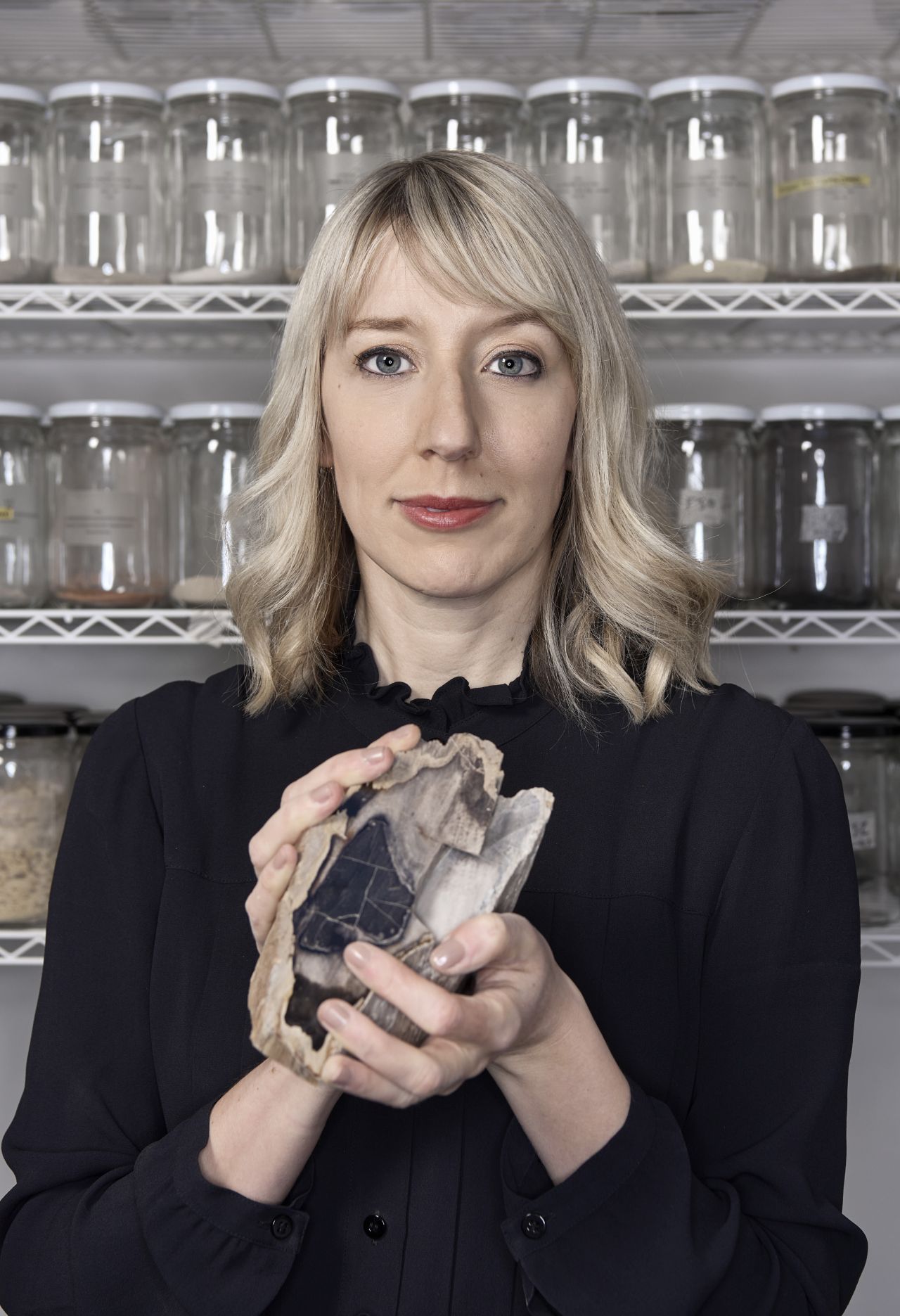
Image courtesy of the artist and Ingleby Gallery, Edinburgh (photograph:John McKenzie)
How do you tell the story of a planet? A story that can trace its roots back to the beginning of the universe and runs until the human interference of the Anthropocene age? For artist Katie Paterson, this story can be told with a simple material that can be found right across this incomprehensible amount of time: dust.
It's the perfect story-telling device. Dust can be found at every stage of Earth's history, whether that's in objects used by our most archaic of ancestors or from the detritus of fossil fuels which are sadly still in widespread use. Even dust gathered from the natural world has its own tale to tell, such as that taken from dead coral bleached a ghostly white by pollution or from samples contaminated by the effects of the Atomic bomb.
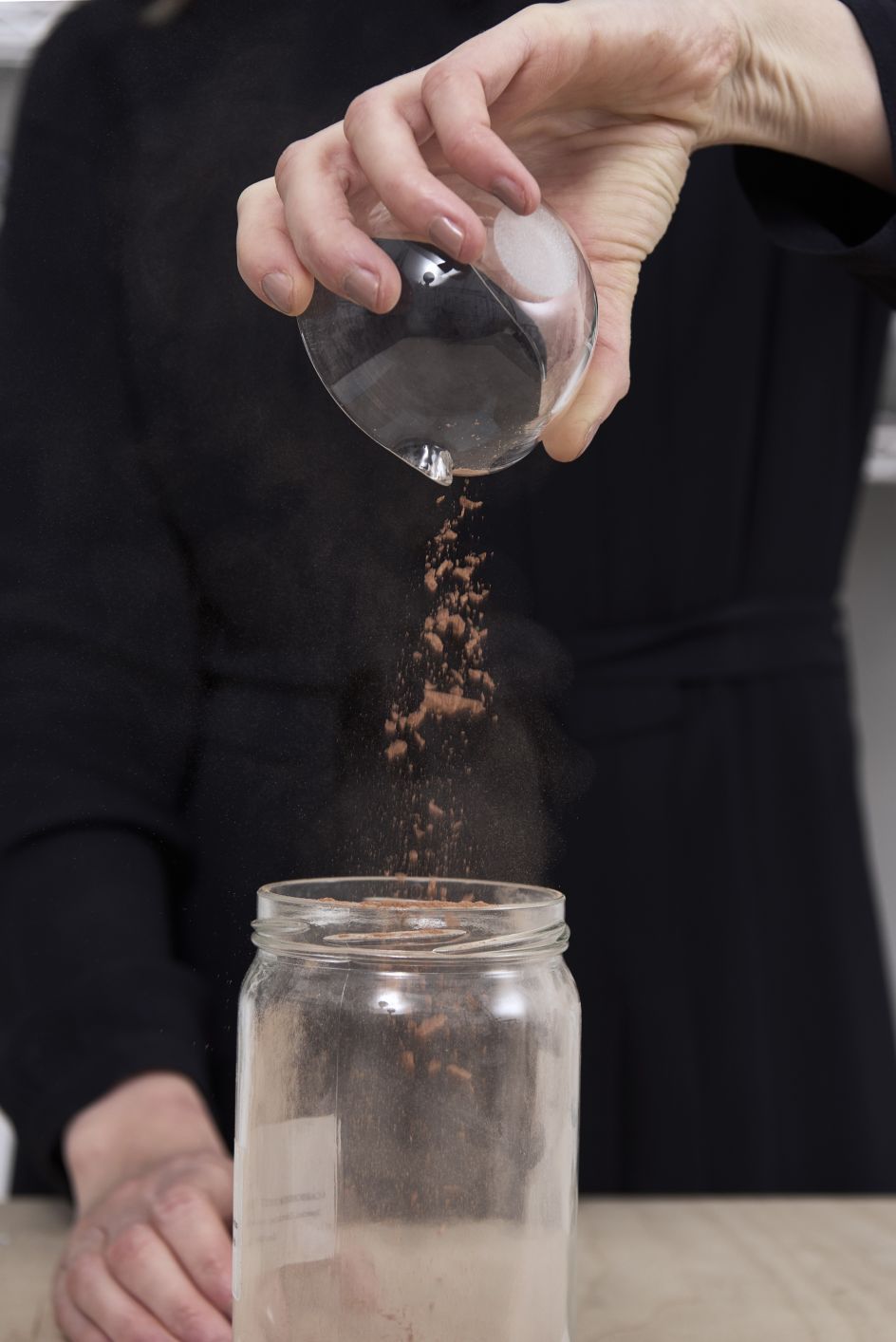
Image courtesy of the artist and Ingleby Gallery, Edinburgh (photograph:John McKenzie)
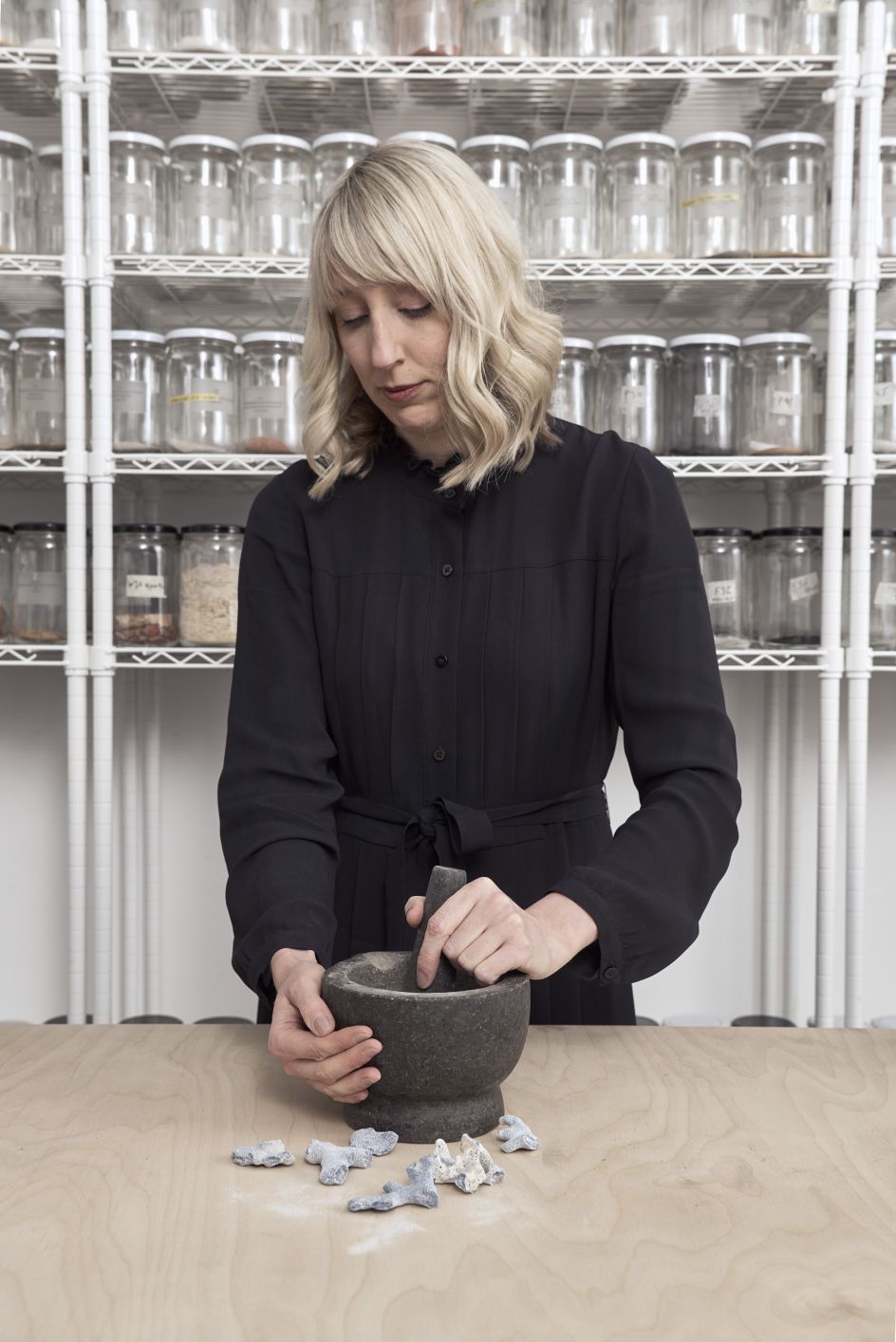
Image courtesy of the artist and Ingleby Gallery, Edinburgh (photograph:John McKenzie)
These ingredients are packed with history, but they are only the final layers in the centrepiece of Katie's exhibition. Waiting to be packed on top of them, in a geological biography of our planet's history, is matter from meteorites, ancient rock formations, and samples from some of the earliest skeletal structures to have ever evolved.
Suitably, all of this dust will be poured into a glass urn, the ancient form of funerary vessel. And it's not a remote and distant piece of art either. The public will be invited to pour the dust - which will be stored in 370 small vials - during the exhibition to help them to engage with the work. And the weight of each tablespoon of dust? 21g, the posited weight of a human soul.
Katie Paterson says: "I've always made artworks that deal with nature and time and climate, but this is the first that isn't afraid to be political and confrontational... It is both celebratory and mythical, and yet it is also the saddest work I've ever made, mourning life lost and expressing a dystopian vision."
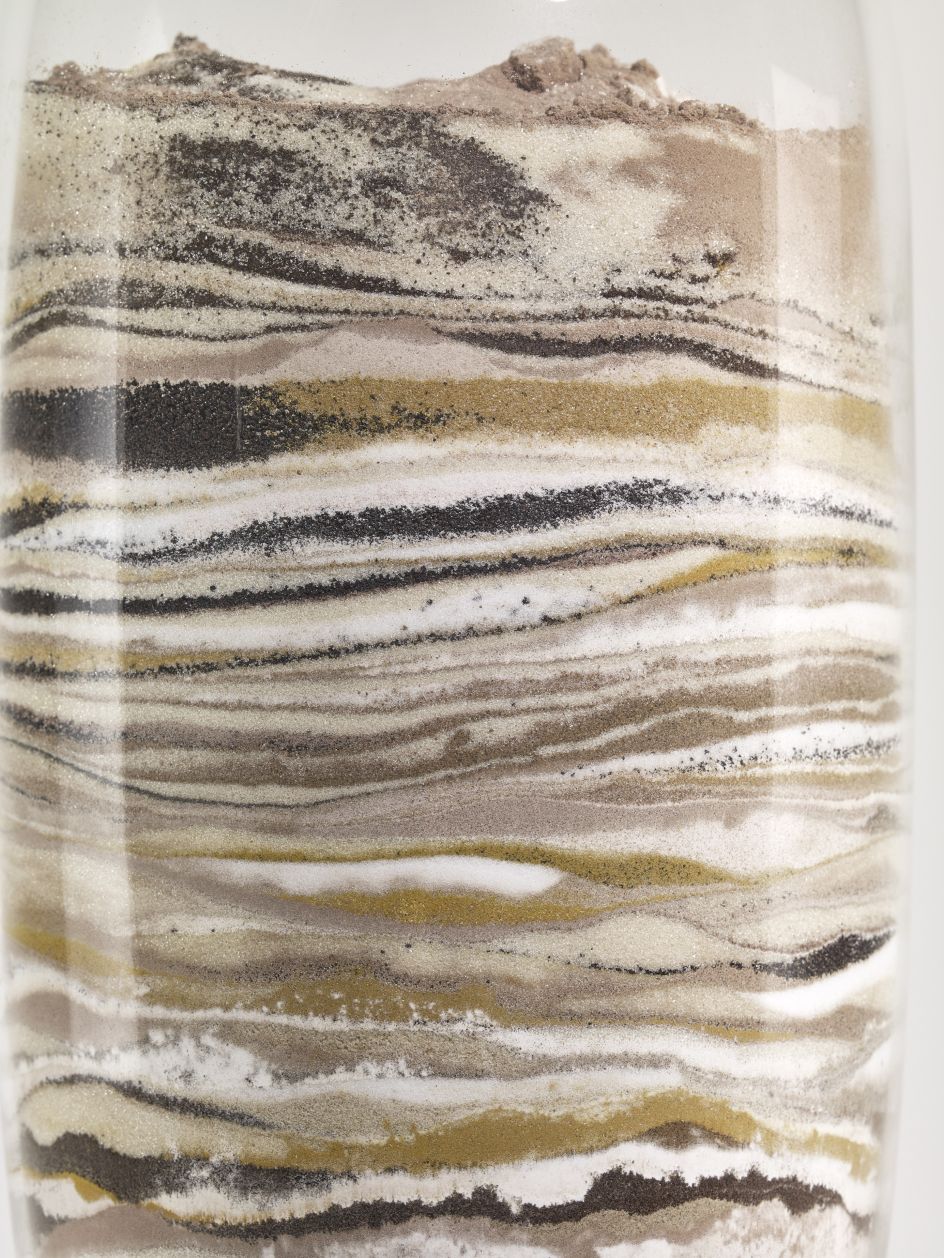
Image courtesy of the artist and Ingleby Gallery, Edinburgh (photograph:John McKenzie)
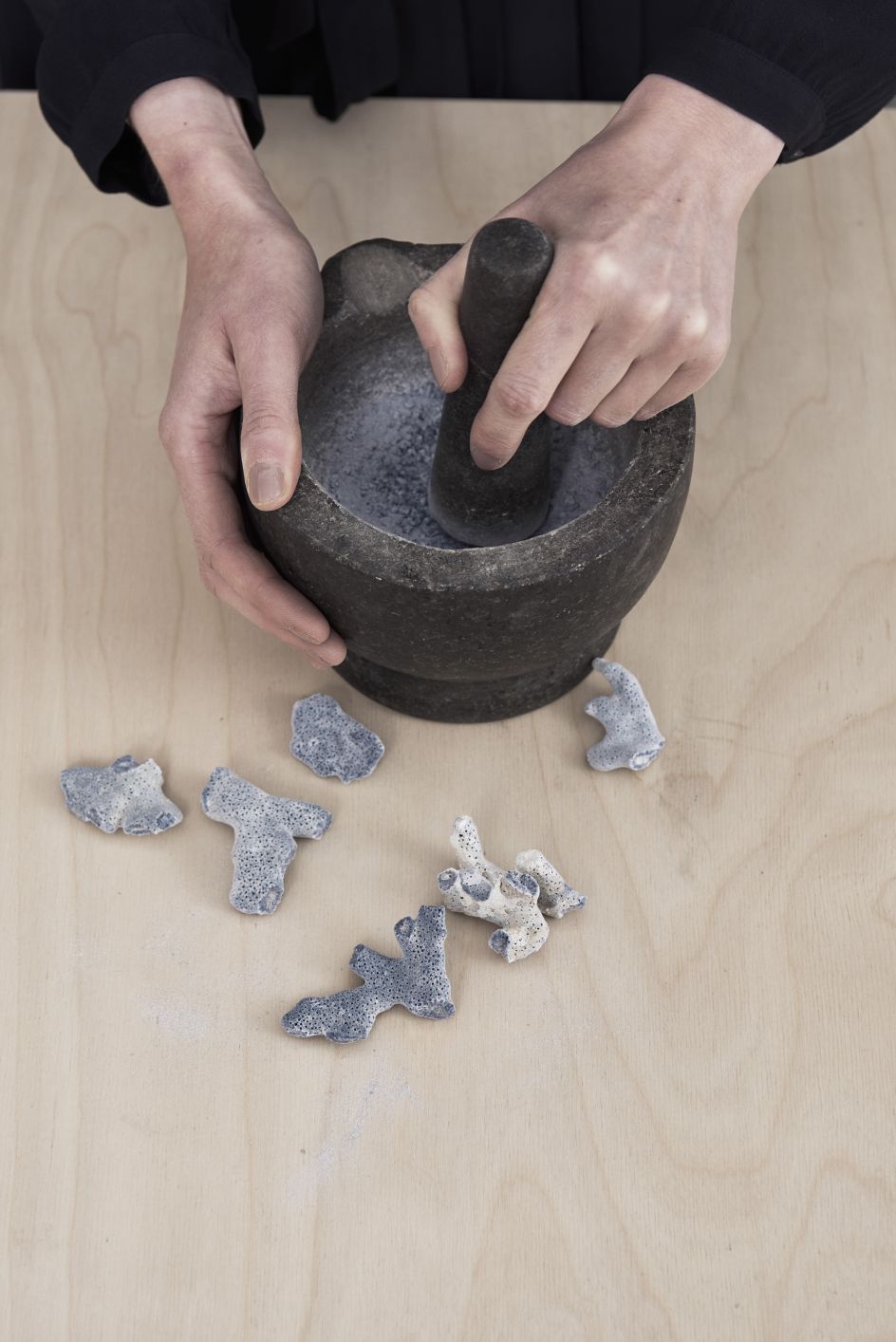
Image courtesy of the artist and Ingleby Gallery, Edinburgh (photograph:John McKenzie)
According to the gallery, the dust has been obtained through collaboration with institutions and collections worldwide, including the European Space Agency, the Danish Geological Survey and the British Antarctic Survey. "Collectively, the vials map the story of the earth from before its existence to the present day, and offer a lament for the planet, a warning, a requiem on the theme of extinction."
The pouring of dust will begin with a layer of pre-solar dust from the oldest of meteorites, carbonaceous chondrite, stretching back across the furthest distances of time and place. Then the asteroid Vesta, a reminder of our planet's origin, which is still visible as the brightest asteroid in the night sky, will be heaped on top. Slowly, the unfurling of planetary history will then begin with the addition of earthly rock formations from the pre-Cambrian era.
"There are the crushed to dust remnants of our most archaic ancestors," the gallery explains. "From the earliest hunter-gatherers of Doggerland, through cultures and epochs long gone - Phoenician, Bactrian, Inca, Hellenistic, Roman, Pre-Columbian, Viking - each pouring of dust taking us layer by layer through the origins of everything, and the extinction of so much that is left in our wake."
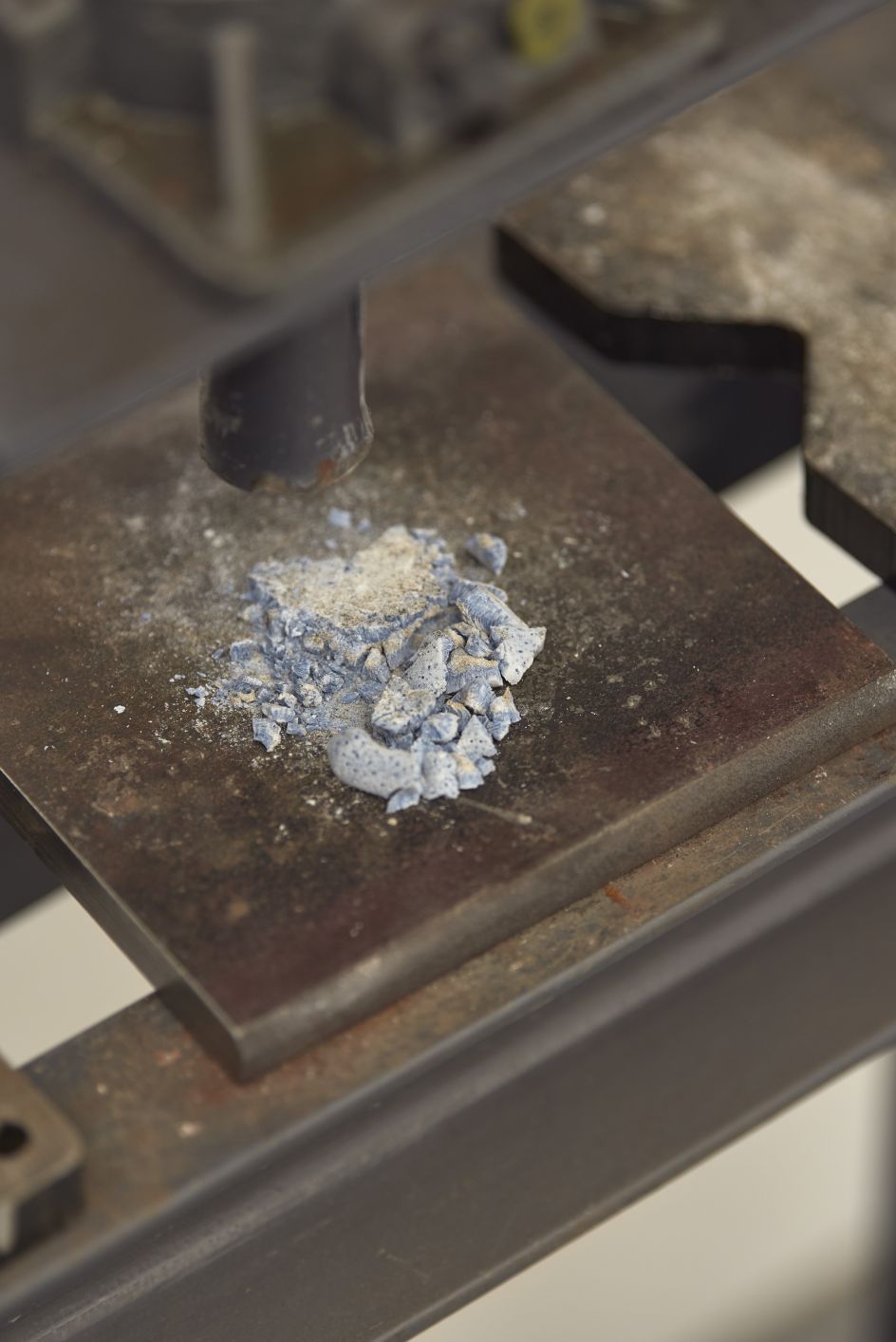
Image courtesy of the artist and Ingleby Gallery, Edinburgh (photograph:John McKenzie)
As well as providing a reckoning for the actions of humanity via Requiem, Katie has also had to deal with the destruction of the planet on a uniquely personal level. This is because she has crushed by hand the precious objects which were donated to the project by so many museums and collections. She has described it as an intensely emotional experience: "It felt entirely wrong, and yet the cornerstone of the artwork is loss and the small window of time in which we now find ourselves."
This tonal shift towards the final layers of Requiem echoes the words of environmentalist George Monbiot who warned that "the crisis is not imminent; the crisis is here". Katie's work serves as a wake-up call to the reality of extinction and asks audiences to reflect on the enormity of our planetary experience as it is reduced to 370 layers of dust.
Opening at Edinburgh's Ingleby Gallery on 9 April, Requiem will run until 11 June. There will also be an accompanying book published in the summer, which will contain an individual commentary on every layer by Jan Zalasiewicz (chair of the Anthropocene Working Group) and essays by David Farrier (author of Footprints – in Search of Future Fossils and Anthropocene Poetics) and Jay Griffiths (author of Wild, An Elemental Journey).

 for Creative Boom](https://www.creativeboom.com/upload/articles/06/063686a9a3b095b9b1f0e95df917ed4bd342be1b_732.jpg)



 using <a href="https://www.ohnotype.co/fonts/obviously" target="_blank">Obviously</a> by Oh No Type Co., Art Director, Brand & Creative—Spotify](https://www.creativeboom.com/upload/articles/6e/6ed31eddc26fa563f213fc76d6993dab9231ffe4_732.jpg)
 by Tüpokompanii](https://www.creativeboom.com/upload/articles/58/58684538770fb5b428dc1882f7a732f153500153_732.jpg)









